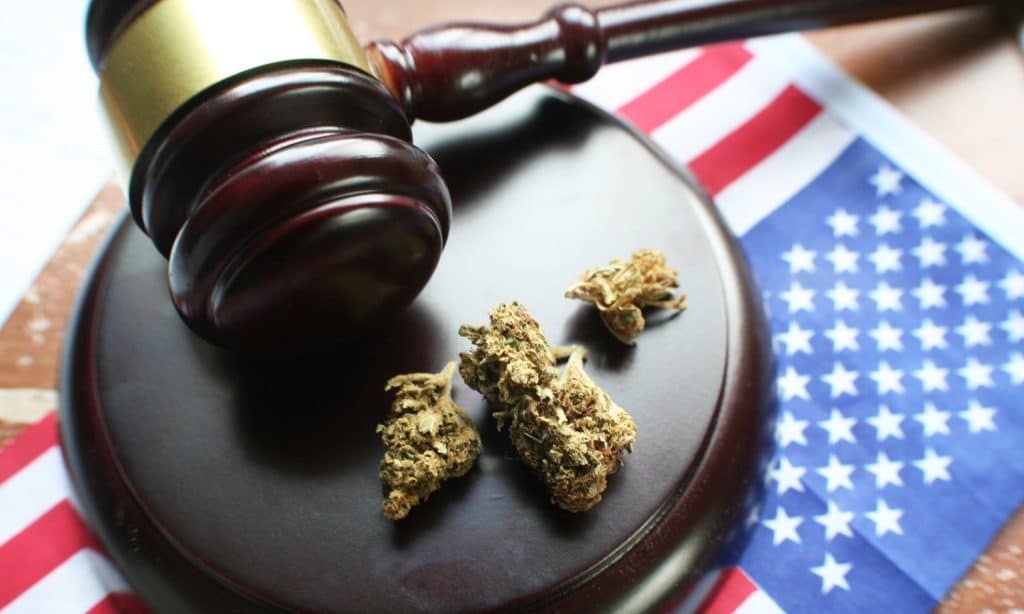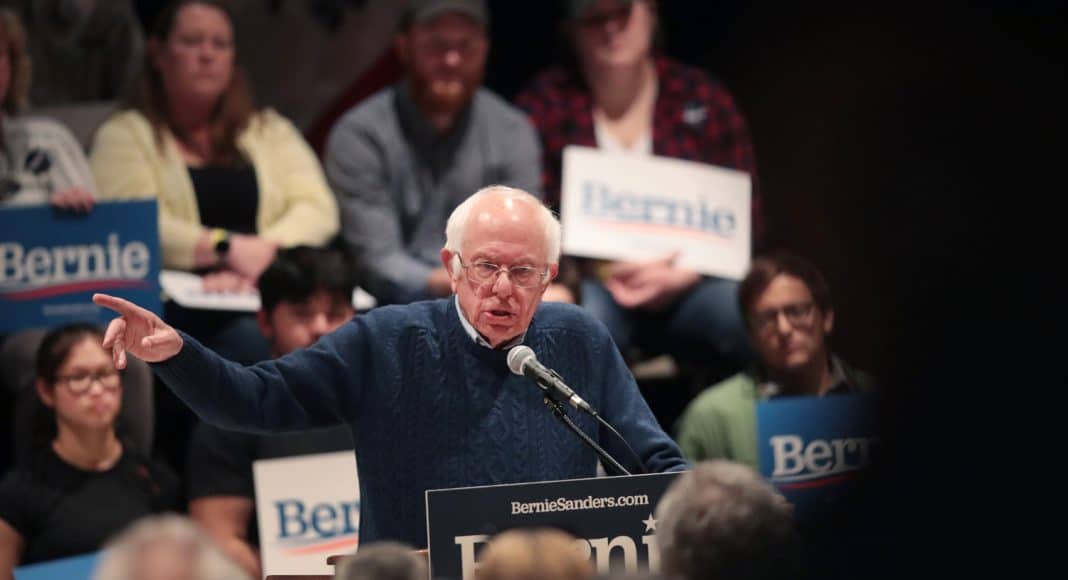The senator’s new policy represents the most ambitious and detailed plan of any presidential candidate thus far.
One of the biggest takeaways from Bernie Sanders’ newest policy announcement is also the goofiest. This strategy, which details the steps Sanders would take as president to “ensure permanent legalization of marijuana,” was released at 4:20 p.m. Apparently politicians still think this little bit of weed humor is still cheeky and original in 2019.
We mention that because that small note up top because that weed pun from Sanders’ campaign is potentially the only piece of his policy that wasn’t considered to its fullest extent. The marijuana legalization plan Sanders released this week is among the most ambitious, step-by-step pieces of marijuana policy we’ve seen in some time.
RELATED: Beto O’Rourke Will Provide Drug War Reparations Through Legal Marijuana Taxes
“Too many lives were ruined due to the disastrous criminalization of marijuana,” Sanders tweeted. “Today I am releasing my plan to: Legalize marijuana with executive action, expunge past marijuana convictions, [and] invest in communities most affected by the War on Drugs.”
Sanders first hinted at his plan on the Joe Rogan podcast: In his first 100 days in office, Bernie Sanders would direct the attorney general to declassify marijuana as a controlled substance. This act would effectively legalize cannabis by removing marijuana’s Schedule I drug status, which qualifies as any drug that has no established medical benefit and is considered a highly addictive substance. Both Beto O’Rourke and Elizabeth Warren have promised to deschedule marijuana through executive action, but only Sanders promised to do so within the first 100 days of office.

This plan is also the most detailed of any candidate. Revenue generated by the legal cannabis industry would go back to supporting communities disenfranchised by the War on Drugs, specifically communities of color. Included in that would be a $20 billion grant program positioned inside the Minority Business Development Agency with the intention of supporting “entrepreneurs of color who continue to face discrimination in access to capital.” In addition, Sanders’ plan would create a $10 billion grant program designed at funding businesses located where the effects from the War on Drugs is felt most acutely.
“When it comes to ending prohibition, we cannot go forward without looking back,” Queen Adesuyi, National Affairs Policy Manager for Drug Policy Action, said in a statement. “It is not enough to just legalize marijuana. We must do it the right way, and that means reinvesting in the communities that have been most harmed by the cruel and inhumane policies brought forth through the war on drugs.”
Under Sanders’ direction, there would be a review of all prior marijuana convictions at the state and federal levels. Any current marijuana sentences would be reconsidered by an independent clemency board with the intention of early release. Any old convictions would be expunged.
RELATED: Why Marijuana’s Illegal Classification Is Based On Politics, Not Science
But nowhere does Sanders separate himself from other presidential candidates than in the world of cannabis business. The senator would urge marijuana businesses not to follow the same path as Big Tobacco, by urging them to become more like non-profits and less like corporations. Any companies “guilty of deceptive marketing” or have produced cancer-causing products like cigarettes would be banned from participating in the cannabis industry. It would also create franchise caps and set forth a network of federal regulations to ensure safety for consumers.
“As the country moves to recognize marijuana and drug use in general as a public health issue, it is crucial that communities directly impacted by criminalization are not left to continue suffering from collateral consequences of convictions or left out of legal economic opportunities,” Adesuyi added. “For other candidates to not consider these components in their platforms would be to deny the harrowing history of how communities of color have been targeted by these policies for the last century.”


